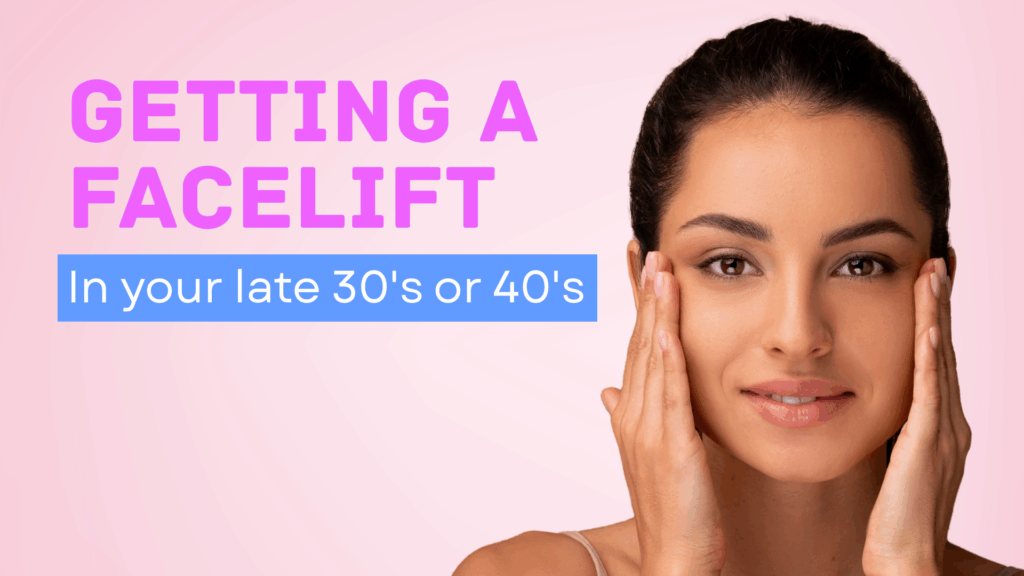
When you think of a facelift, you may imagine a daunting procedure that corrects deep-set wrinkles and sagging skin. You also may think of it as a procedure that often happens later in life. Nowadays, however, many people in their late 30s and 40s are opting for a facelift at an earlier stage in life. To some, it may seem superfluous to get a facelift while the skin still retains some of its natural bounce. But, there is logic behind getting the procedure at an earlier age, before significant signs of aging appear. Ahead, we explain some benefits of an early facelift.
The Benefits of an Early Facelift
“One of the main benefits of having a facelift at a younger age is the ability to address early signs of aging before they become more pronounced,” Dr. Konstantin Vasyukevich, MD, told NewBeauty. Many young people are uncomfortable with looking older as they age, getting a facelift later in life, and then suddenly looking younger again. They feel like it’s a dead giveaway that they had a surgical rejuvenation. When you opt for a facelift in your 30s or early 40s, you’re also opting to correct early aging (AKA, a loss of elasticity that leads to wrinkles and skin sagging) before it becomes more pronounced. Since younger skin retains good elasticity, the results tend to appear more natural and refined. Most younger patients aren’t looking for a dramatic transformation, but rather a result that makes them look like a well-rested, refreshed version of themselves.
In addition, you’re looking at long-term value when you get a facelift in your late 30s or 40s. An earlier facelift “allows patients to avoid spending excess time and money on temporary treatments, like fillers, that ultimately fall short of what they’re looking for,” says Dr. Konstantin.
When performed earlier in life, a facelift is less invasive with shorter incisions. Plus, it often doesn’t require additional procedures, like fat grafting or Blepharoplasty, which may be necessary for more mature patients.
When is the Right Time for a Facelift?
Getting a facelift is a very personal decision, and not everyone needs one. However, everyone can benefit from understanding what the procedure can accomplish for them and making a well-informed decision.
The truth is that there’s no one-size-fits-all answer to the perfect age for a facelift. The ideal time varies depending on a person’s genetics, facial structure, and personal goals. However, the “sweet spot” typically occurs when visible signs of aging appear, but while skin elasticity is still good. On the other hand, Dr. Konstantin still warns that you can be *too* young for the procedure. “If someone has minimal signs of aging or is primarily influenced by trends or external pressure. That’s when I’d recommend waiting or exploring less-invasive options first.”
The best time to get one depends on your anatomy, genetics, and personal goals. If you’re looking to explore the world of facelifts, schedule a consultation with Dr. Konstantin to discuss whether the procedure is right for you.